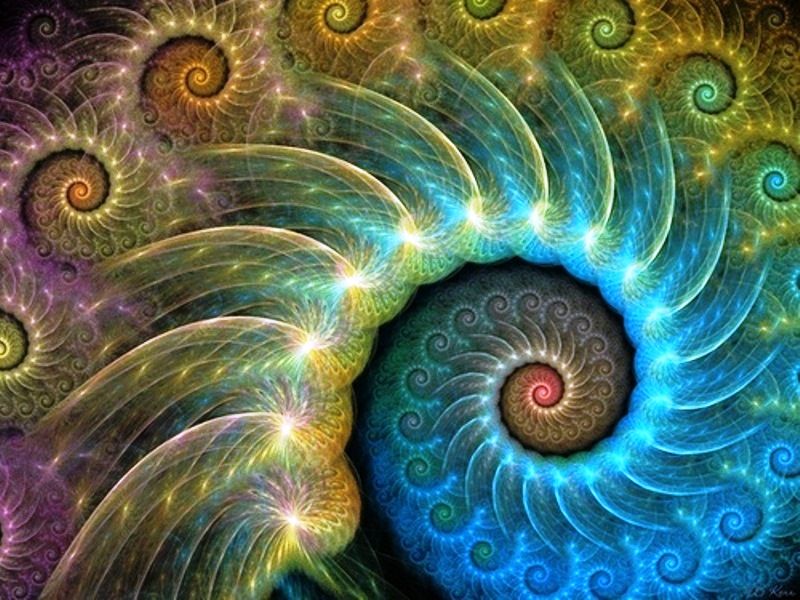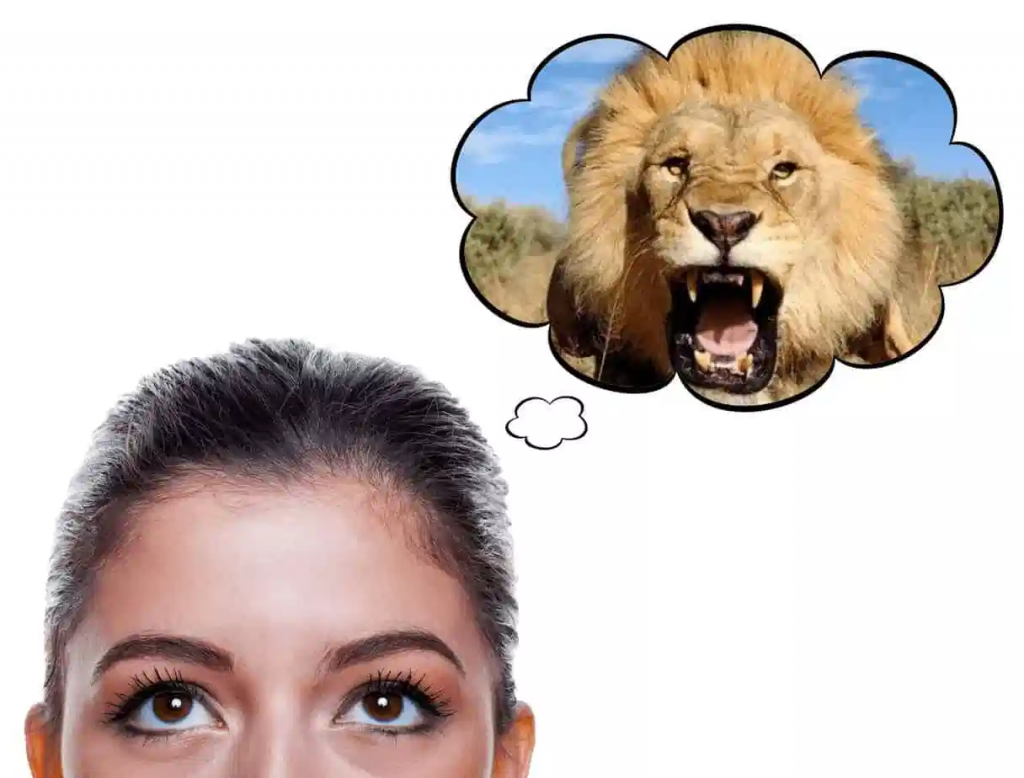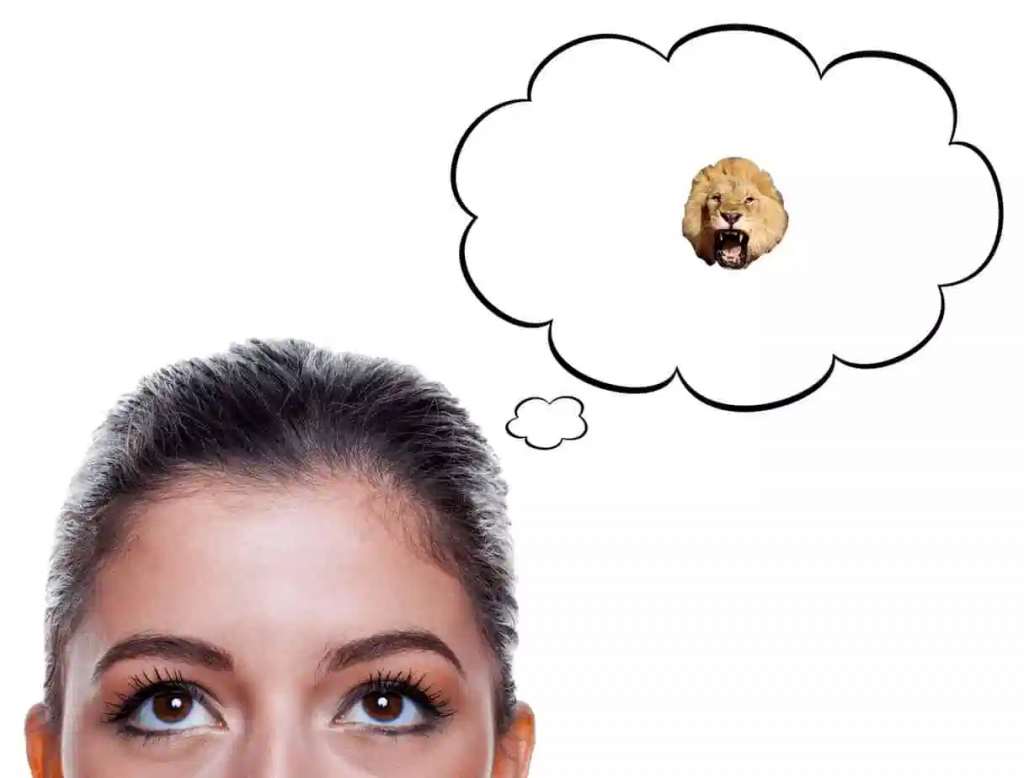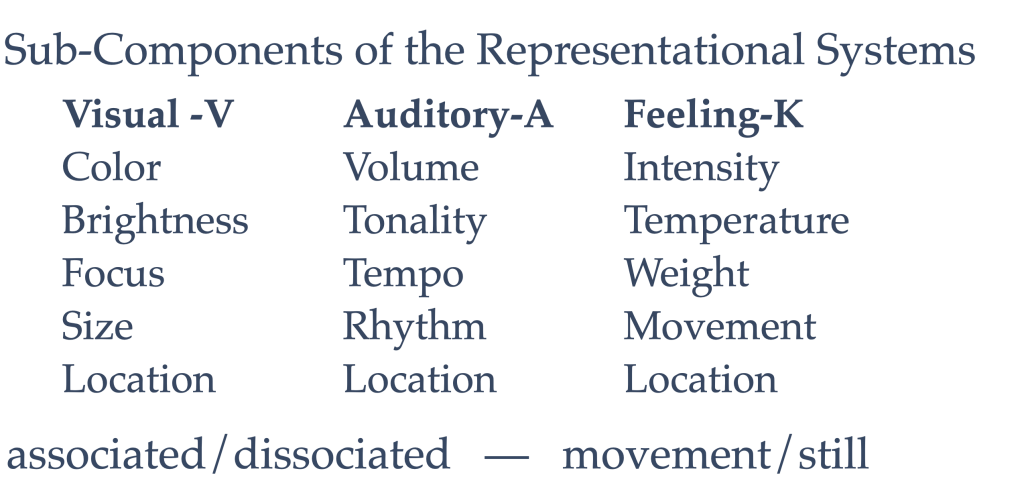
How Sub-modalities Influence Experience
Human beings get information about our external world of experience using the sensory input coming to the brain from our Sight, Sound, Touch, Taste, and Smell. This Sensory input is then processed and ‘stored’ by our brain/mind system as internal representations.
These sensory modalities are referred to as the Visual, Auditory, Kinesthetic, Gustatory and Olfactory systems. Whenever we retrieve any specific or combination of our sensory experiences, it is called remembering or recalling. And when we construct, modify or create internal representations using images, sounds and sensations it is called imagining. So our memory and imagination is how we experience our internal representations.
The brain also ‘codes’ these internal structural elements as a way to know how it feels about them, and what they signify, internally. We refer to these representational distinctions as submodalities.
When you remember an event you have seen, you probably make a picture of it in your mind. Such internal images may not be long-lasting, vivid and stable pictures like we might see while watching a television. For many of us, they are fleeting and faint, easily missed if we are not watching for them. Nonetheless, the content of these pictures provide us with information about what happened in the event that we are remembering, while other aspects of the picture, called the sub-modality qualities, let our mind/brain know certain information such as how intense the experience should be.
In other words, it’s the submodalities of our internal representations that give them their punch or importance, the extent to which they generate emotion and meaning for us as well as helping us to recognize the time frame in which they occurred, such as did it happen in our past, present, or in our imagined future. Once we know how sub-modalities encode experience we are in a position to make some rather powerful changes in our life experiences.
Submodalities are the fine distinctions we make within each representational system. They help us remember what we have seen, heard, felt, smelt and tasted, both externally and imagined. For instance, we are more likely to remember a large bright picture than a small dull one.
They are the smallest building blocks of our thoughts. This is because we code our memory of sensory experience using these building blocks. This is the way our brain tells us if something is important or not or somewhere in between.
When we change the coding in our thinking we are changing the meaning. When the meaning changes our inner state changes. When our state changes our responses change. Our state determines our behavior. When we can choose our inner states we can change our experience of our personal world.
Lets look further into the realm of submodalities
According to core NLP research, each person’s brain seems to code emotional significance differently through variations or distinctions in mental “images” or representations. Examples discovered include people whose unconscious minds place dark borders around unpleasant memories, people for whom visual images seen dimly are less compelling than those seen brightly, people for whom a subjectively “good” memory is accompanied by one kind of sound while a “bad” memory is accompanied by another. Just think about the difference in the music from a movie sound track of a scary scene compared to a romantic or a humorous one. The submodalities of tone, tempo, volume and other qualities of the music have a profound effect on our emotions.
Here is an example of how changing a submodality can affect our experience. If the internal image you see representing a “big, overwhelming problem” is actually a very large image (size being a common visual submodality) you can “shrink” the image in your mind. When you see the same problem in a much smaller size, it may reduce the sense of feeling overwhelmed.


Thus, we suggest that submodalities are the structure of your thoughts. When you change the structure, the meaning (and your response) also change. A “huge problem that feels overwhelming” can become a mere “problem that needs to be solved” with a simple shift in submodalities.
For most people, there will be a handful of such submodality distinctions which are ‘critical’ to emotional perception, and thus to their mental processing. For example, these might be submodalities that distinguish optimistic thoughts from depressive ones, or which distinguish compelling and important thoughts from less compelling ones. For any given individual, a submodality that turns out to be critical in how a given memory or thought is subjectively experienced is known as a significant or driver submodality.
The discovery that the emotion associated with a thought is often functionally linked to the submodalities with which that thought is represented to consciousness led to a variety of NLP techniques based upon change of these key submodalities. In effect, voluntary changing of submodalities was often found to alter the meaning and ‘feeling’ response, whether it be to increase or decrease the intensity of a past memory or an imagined future or goal.
Here are a few examples of submodality distinctions:

One useful way to subdivide kinesthetic sensations is the following:
Tactile – The skin senses. (Temperature/Pressure)
Proprioceptive – The muscle senses and other internal sensations of body position: posture, breathing, movement, etc.
Evaluative Meta Feelings – Feelings about perceptions or representations, also called emotions, feelings or visceral kinesthetic because they are usually represented in the abdomen and chest or along the mid-line of the torso. These feelings are not direct sensations/perceptions but are representations derived from other sensations/perceptions.
Submodality Distinctions can be Analog or Digital
Analog functions vary continuously from zero to infinity, such as size or brightness.
Digital functions are categorical, either / or, step function distinctions. For example, an image is either associated or dissociated.
An important submodality to identify is the driver submodailty. This submodality, when changed, will effect change throughout the system.
Storing Submodalities & Time Lines
The way in which we store time can be identified through submodality elicitation of a ‘Time-Line.’
The patterns which reflect processing ‘In-Time’ are:
When someone is operating ‘In Time,’ they are totally immersed in present activity and completely in the moment, with little to no thinking about the past or future.
The timeline is typically straight in front (present to future) and the past is behind.
There is a tendency to perceive events as unrelated episodes, often with a lack of sequencing.
The patterns which reflect processing ‘Through-Time’ are:
When someone is operating ‘Through Time’, their beliefs, attitudes and resources may vary but they are always there. Through time is an excellent process for establishing a direction and for noticing differences.
The ‘V timeline’ is typically in a left (past) to right (future) location.
Time is perceived as linear, continuous and uninterrupted, with awareness of the duration of time.
Submodality Coaching Interventions
Adjusting submodality structure is a classic NLP change technique.
Change any Distinction: In any representational system you may have to repeat changing a distinction a number of times or change two or three simultaneously to make the change permanent.
Change Viewpoint: There are many ways in which you can change a viewpoint: from association to dissociation or vice versa, watch from above, from far out in space, from the position of another person, see movie up-side-down, etc.
Subtract Elements: Limit the experience by deleting distinctions (color, movement, etc.).
Disruption: Change by shattering an image into tiny pieces and having it fall apart, dissolving it, wash it away, etc.
Collapsing anchors: Use a sub-modality anchor to add incongruent or resourceful, motivating, etc., representations to the existing structure.
Example: Run a movie of an unpleasant memory and play loud circus music behind it, or have one picture blossom into the other and become part of it.
NLP Contrastive Analysis Process
Comparing and contrasting submodalities of different states or two different Internal Representations with each other and finding the critical submodalities.
Eg: When you think of something you like… what do you picture? When you think of that picture is it black and white or color, still or movie, bright or dark, big or small, associated or dissociated……?
When you think of something you dislike… what do you picture? When you think of that picture is it black and white or color, still or movie, bright or dark, big or small, associated or dissociated……?
Compare your submodalities between like and dislike. What submodalities can we change in our picture of what we dislike in order to replicate the submodalities of our picture of “like”? Which submodality is the ‘driver’ submodality and has the greatest affect on the shift?
This works great for changing states. For example, changing from procrastination to motivation, from impatient to patient, from confusion to curiosity.
I like to think of NLP processes as functioning in a system. Like all systems if you change one component you change the relationships within the system with that component and the system reorganizes. The key to effective NLP is establishing which element within the system has most leverage.
When done please take the time to reflect on the lesson and post a comment or question below. What insights did you gain? What questions arose for you?
Also, consider responding to the comments of others to start a dialogue.
After you have posted your comment hit the Mark Complete Button and move on to the next topic.
Responses
You must be logged in to post a comment.

Fascinating and Powerful, Sub-modalities give our internal representation system a coding system of distinctions. Sub-modalities encode experiences make powerful changes our lives. It works great for state changes such as: from Procrastination to Motivation; Impatient to Patient. Changing the coding of thinking we are changing the meaning; Change the structure of thought the meaning also changes.